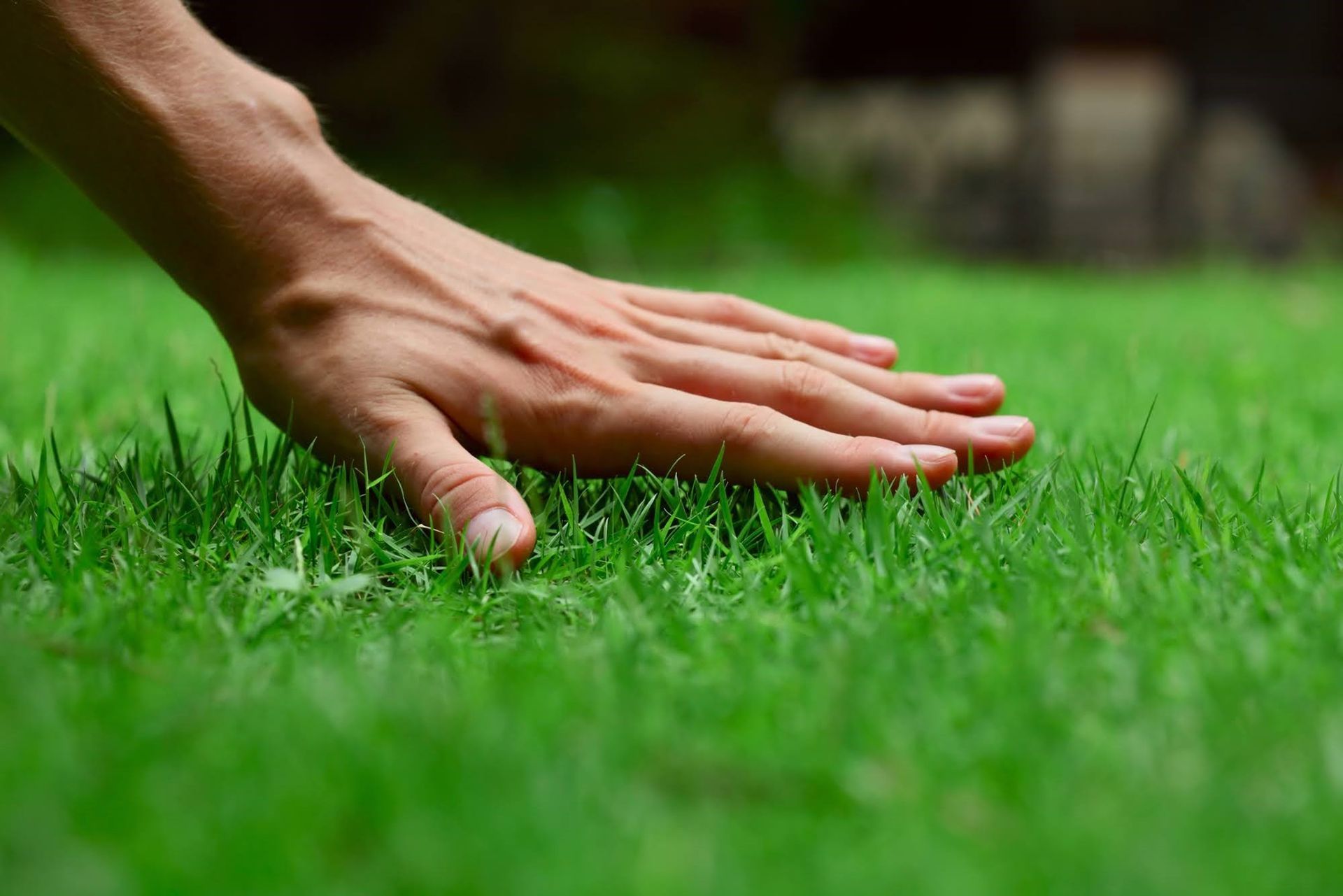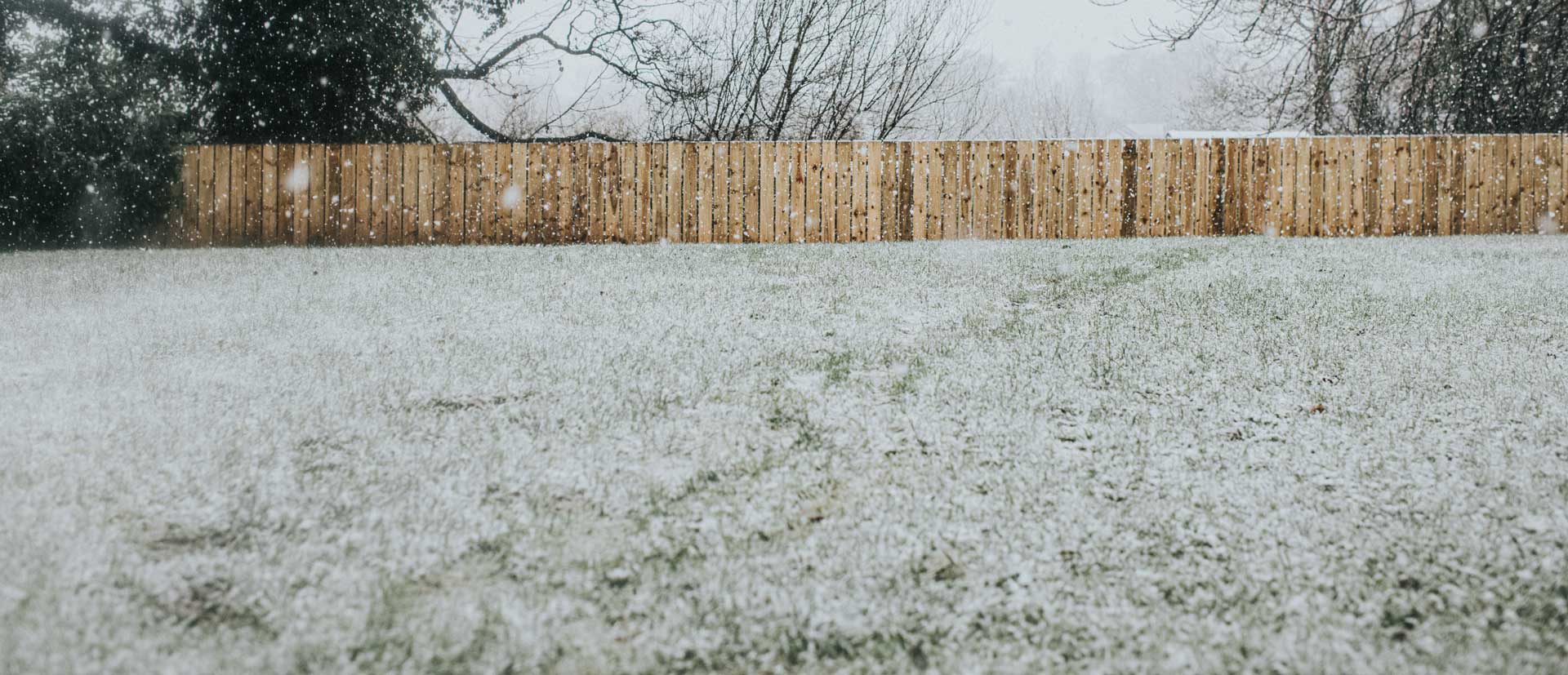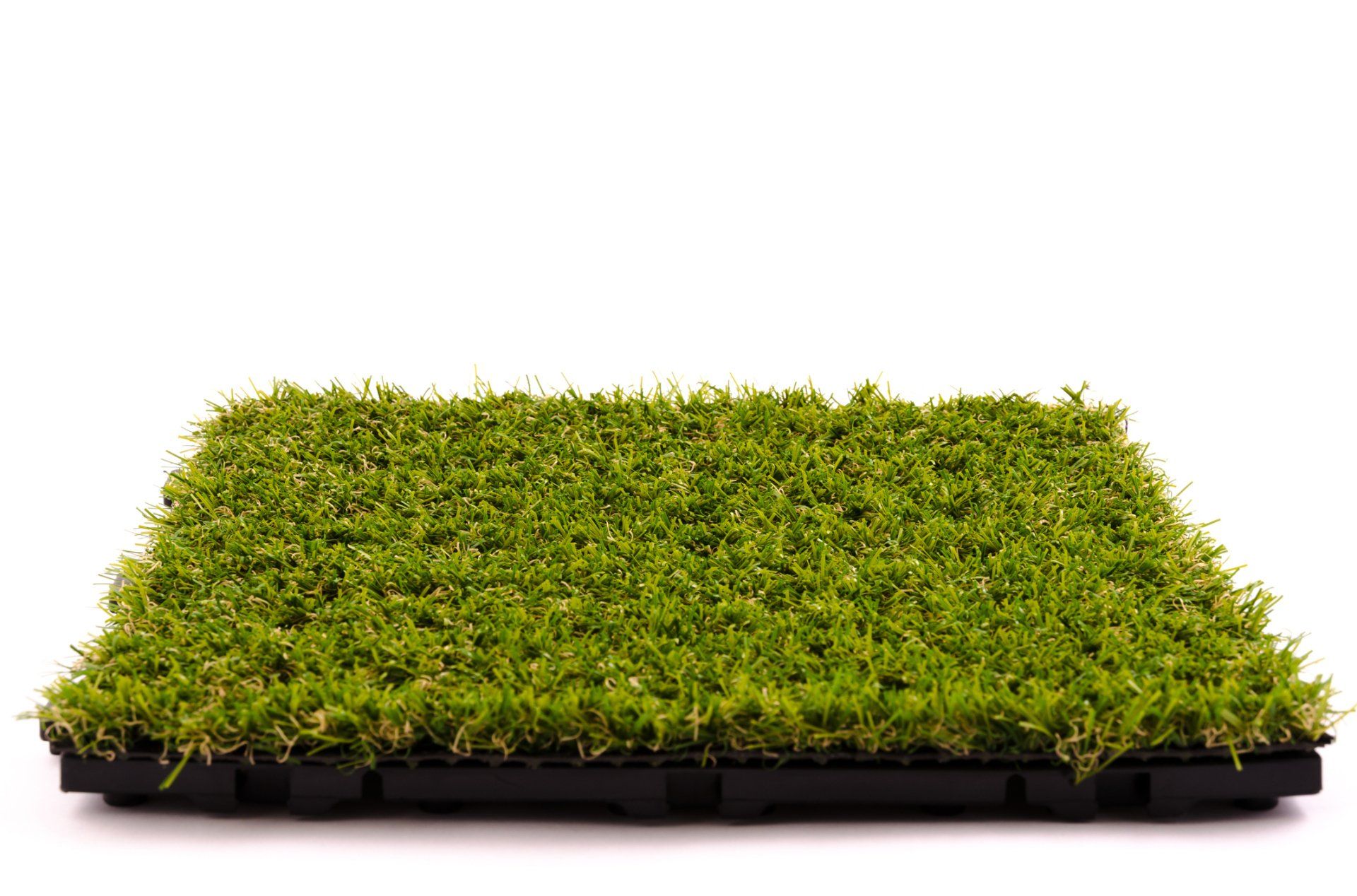5 Tips for Installing a Perfect Backyard Putting Green
- By Admin
- •
- 14 Oct, 2021
- •
Are you an avid golfer who would like to spend more time enjoying your game? Then what you need is a backyard putting green. Putting greens, once reserved for professional golfers and those with cash to burn, are more and more popular among amateur golfers of all levels.
This is because you can install a backyard putting green in just about any size space and it provides an inexpensive way to relax at home. Ready to start planning your backyard putting green? Here are a few tips to help you succeed.
1. Find the Right Grass
The grass on a green is one of its most important components. While some backyard enthusiasts opt for artificial turf products, a real green will provide a more authentic experience and keep things stylish. Bermuda grass is a common choice for professional greens, but your particular climate, drainage, shade, and the level of usage expected should inform your choice of grass type.
2. Consider the Conditions
Many homeowners have an idea where a putting green might fit in their yard, but make sure you consider all the variables before selecting a location. For instance, a convenient spot too near the house may end up costing you due to damage or injuries from stray golf balls.
The green should have plenty of sunshine throughout the day and get a natural breeze to cool and dry the area. Otherwise, you're likely to end up with moisture issues. Landscaping around the green shouldn't encroach onto your clear area, and it shouldn't feature plants or trees that leave messes on the grass. A solid artificial lawn border around the green will also help with this.
3. Build a Solid Base
Along with the right grass and maintenance of it, the right base is key to a good putting green. You'll need a solid, level location that is well-compacted to avoid unnecessary settling. Most greens start with leveling and grading a dirt base and then adding a composite layer - usually small gravel - and leveling this as well. Create a very slight center crown to prevent water from pooling on the green.
4. Plan for Borders
Professional golf courses, of course, have barriers to prevent unwanted intruders - both animal and human - and yours may need this as well. You don't want to go to all the work of installing a grassy green and then discover your dog digging it up or your kids trampling it.
Natural barriers can be attractive and organic within the landscape while keeping out unrelated activity. Consider things like hedges, rock gardens, container plantings, berms, or other landscape features that divert foot traffic around the green.
5. Create a Maintenance Plan
Real grass greens are beautiful and ideal for upping your game, but they do call for more maintenance than the average landscape. Start with the right grass and soil conditions underneath it. This helps keep your green lush and healthy, reduces weeds, and lowers water needs.
As with professional greens, you may need to increase your mowing schedule to keep the grass at an ideal height. Many greens owners use manual reel mowers, which are both simple to use and keep grass trimmed low. You may also need to topdress, fertilize, and aerate regularly. If the additional maintenance could be challenging, work with your landscape service to give the green additional care.
Where to Start
Get started on your backyard golfer's paradise by visiting the grass pros at Wright Turf Farms. We'll help you assess your backyard conditions, climate and geography, and goals to create the right base and lawn for your green. Call today to make an appointment.
This is because you can install a backyard putting green in just about any size space and it provides an inexpensive way to relax at home. Ready to start planning your backyard putting green? Here are a few tips to help you succeed.
1. Find the Right Grass
The grass on a green is one of its most important components. While some backyard enthusiasts opt for artificial turf products, a real green will provide a more authentic experience and keep things stylish. Bermuda grass is a common choice for professional greens, but your particular climate, drainage, shade, and the level of usage expected should inform your choice of grass type.
2. Consider the Conditions
Many homeowners have an idea where a putting green might fit in their yard, but make sure you consider all the variables before selecting a location. For instance, a convenient spot too near the house may end up costing you due to damage or injuries from stray golf balls.
The green should have plenty of sunshine throughout the day and get a natural breeze to cool and dry the area. Otherwise, you're likely to end up with moisture issues. Landscaping around the green shouldn't encroach onto your clear area, and it shouldn't feature plants or trees that leave messes on the grass. A solid artificial lawn border around the green will also help with this.
3. Build a Solid Base
Along with the right grass and maintenance of it, the right base is key to a good putting green. You'll need a solid, level location that is well-compacted to avoid unnecessary settling. Most greens start with leveling and grading a dirt base and then adding a composite layer - usually small gravel - and leveling this as well. Create a very slight center crown to prevent water from pooling on the green.
4. Plan for Borders
Professional golf courses, of course, have barriers to prevent unwanted intruders - both animal and human - and yours may need this as well. You don't want to go to all the work of installing a grassy green and then discover your dog digging it up or your kids trampling it.
Natural barriers can be attractive and organic within the landscape while keeping out unrelated activity. Consider things like hedges, rock gardens, container plantings, berms, or other landscape features that divert foot traffic around the green.
5. Create a Maintenance Plan
Real grass greens are beautiful and ideal for upping your game, but they do call for more maintenance than the average landscape. Start with the right grass and soil conditions underneath it. This helps keep your green lush and healthy, reduces weeds, and lowers water needs.
As with professional greens, you may need to increase your mowing schedule to keep the grass at an ideal height. Many greens owners use manual reel mowers, which are both simple to use and keep grass trimmed low. You may also need to topdress, fertilize, and aerate regularly. If the additional maintenance could be challenging, work with your landscape service to give the green additional care.
Where to Start
Get started on your backyard golfer's paradise by visiting the grass pros at Wright Turf Farms. We'll help you assess your backyard conditions, climate and geography, and goals to create the right base and lawn for your green. Call today to make an appointment.
If you manage or intend to build a playing field, you'll want visually appealing and long lasting sod that requires minimal maintenance. Read for more.
A variety of pests can wreak havoc on your lawn, turning it from a source of pride to a patchwork of problems. Read this blog to find out more about them.
Landscapers can help get your soil ready for sod planting. Discover five solutions they might recommend and implement to get soil ready for sod.
Some individuals are hesitant to try sod due to the various myths surrounding the installation. Read this blog on myths to determine if sod is for you.
If you have a pet dog, you need to take special care of your sod. Learn to balance your pet's needs with the needs of your lawn today.
A brown spot interrupt the beautiful, green lawn you work so hard to cultivate. Learn a few common causes and remedies for these dead spot downers.
If your grass takes forever to grow even after you follow all the instructions, two common problems may be the cause. Learn how to fix these issues.










